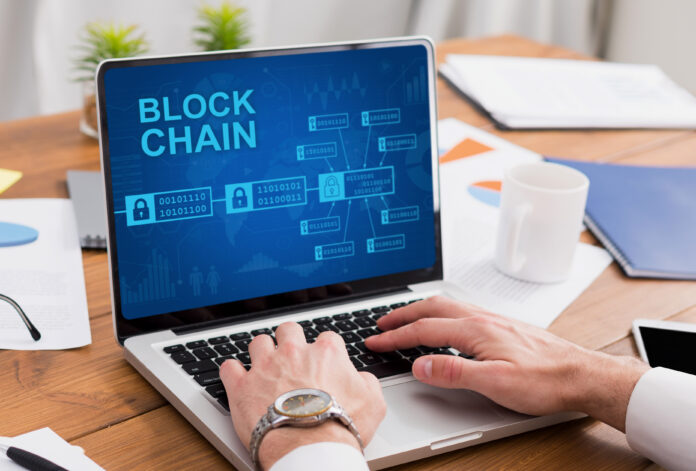
Tokenization of real-world assets (RWA) has gained momentum in recent years, becoming a key trend in the blockchain finance space.
RWA asset tokenization, an innovation that transforms physical assets into digital representations on the blockchain, has achieved significant value, estimated at around $3.000 billion, according to data shared by Fredrik Haga, co-founder and CEO of Dune Analytics , through your X account.
The data shared shows how this technological innovation is revolutionizing the way assets are perceived and managed, serving as a bridge to bring off-chain assets onto blockchains.
Tokenization of government bonds: a new paradigm
Tokenization of government bonds has emerged as one of the most prominent segments within the RWA market. With around $1.850 billion in tokenized bonds, this type of asset is positioned as one of the most popular classes on the blockchain.
As data from Dune Analytics shows, tokenization of government bonds on the blockchain has increased by 185% in the last year.

Source: Dune Analytics
Bond tokenization allows investors to access these debt instruments more efficiently and transparently. Through blockchain technology, bonds can be fractionated, allowing small investors to participate in markets that have traditionally been reserved for large institutions.
Bond tokenization also offers significant advantages in terms of liquidity. Tokenized bonds can be bought and sold in real time, reducing the time and costs associated with traditional transactions. Companies like BlackRock are leading the way in this space, developing investment vehicles that allow users to access these assets more directly. With this, companies are not only democratizing access to government bonds, but also improving the efficiency of the market as a whole thanks to blockchain and contributing to the legitimization of cryptocurrencies and digital assets.
Furthermore, the tokenization of government bonds responds to a growing need for diversification in investment portfolios. In an uncertain economic environment, investors are looking for ways to mitigate risks and ensure stable returns. The ability to tokenize bonds allows investors to adapt their investment strategies and access opportunities that were not available before.
The expansion of tokenization into other financial instruments
Beyond government bonds, tokenization is transforming other financial instruments, such as stocks, derivatives and real estate. This trend has been driven by the growing acceptance of blockchain technology and its ability to improve efficiency and transparency in financial markets. Tokenization allows previously indivisible assets, such as real estate or company shares, to be broken up and sold into smaller pieces, opening up new opportunities for investors.
According to Dune Analytics data, basic products and asset based financing are the second and third most popular financial asset classes on-chain, followed by real estate and private shares, which occupy fourth and fifth place, respectively.
These asset classes have begun to undergo a significant shift thanks to tokenization. Although this sector of the blockchain industry is still in an early stage, its ability to allow investors to access financial assets without having to spend large sums of money is attracting a greater number of investors interested in exploring new opportunities, at the same time that it promotes the modernization and disintermediation of markets.
Regulation and infrastructure in the tokenization of RWA assets
As tokenization of real-world assets continues to expand, regulation and infrastructure become critical factors for its success. Several experts have pointed out that the lack of a clear regulatory framework in relation to the tokenization of assets has been an obstacle to the mass adoption of this technological innovation, since, in addition to new opportunities and diversification, investors also seek security and confidence in digital assets. In this context, regulatory initiatives emerging in various jurisdictions could facilitate a more favorable and secure environment for the tokenization of RWA assets.
On the other hand, technological infrastructure also plays a fundamental role in the development of tokenization. With the rise of platforms that facilitate the creation and management of tokenized assets, interoperability between different blockchains becomes increasingly essential. Cryptocurrency analyst Miles Deutscher believes that several projects such as the network Stellar, Pyth, Ondo Finance y chainlink, are working to position themselves as leaders in RWA tokenization, offering solutions that allow financial institutions to integrate their assets into the blockchain efficiently.
In conclusion, the tokenization of RWA assets is on the threshold of a revolution in the financial sphere, driven by government securities and the growing acceptance of blockchain technology. Tokenization of government bonds and other financial instruments not only democratizes access to these assets, but also improves market efficiency and reduces costs, which could transform the way investors interact with the financial system, as this Innovation is integrated more deeply into markets and new policies are developed to ensure investor protection.



